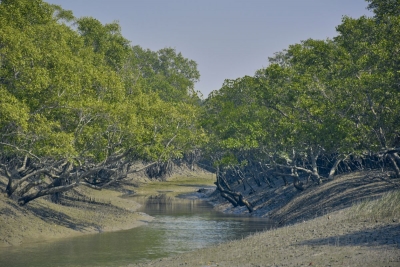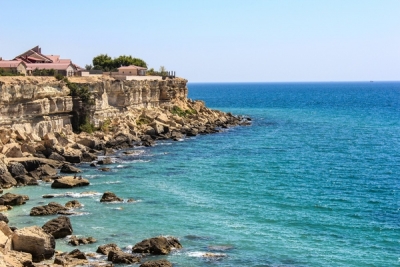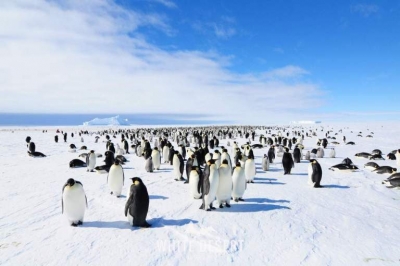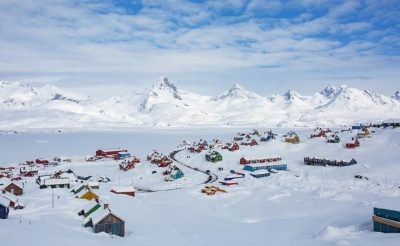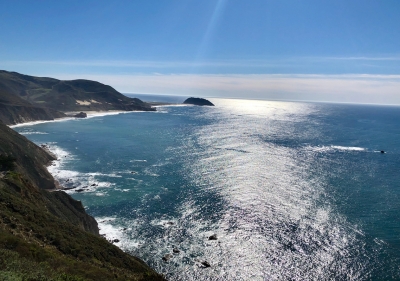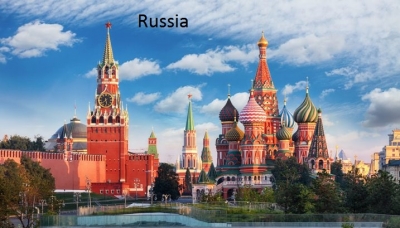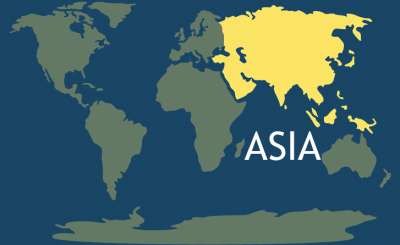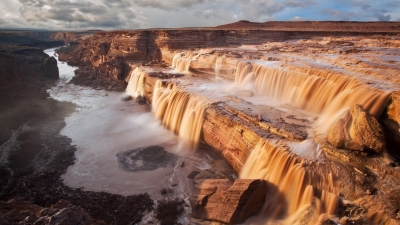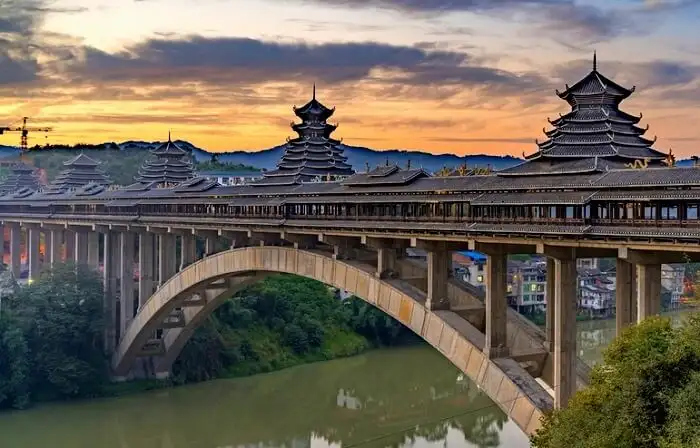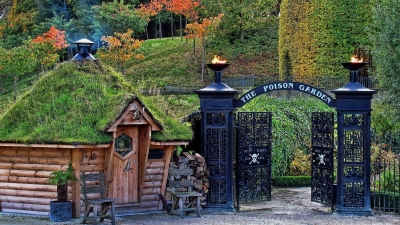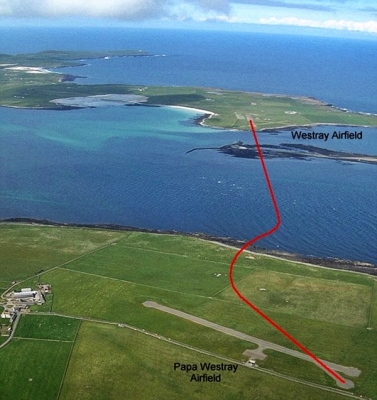What makes King Fahd International Airport special?
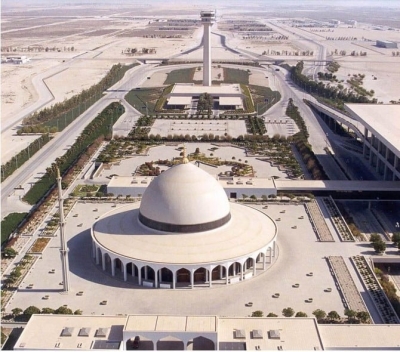
Named after the former King of Saudi Arabia Fahd ibn Abdulaziz, the King Fahd International Airport of Saudi Arabia is the largest airport in the world in terms of area. The area of the entire airport property is approximately 776 square kilometres, with an airport building of around m². Situated 31 km away from the city, the airport has three terminal buildings.
It was the U.S. airbase during the Gulf War, but now it oversees commercial operations since 28 November 1999 and has been able to provide connections to 43 destinations. Before the King Fahd International Airport came into existence, the primary airport serving the region was the Dhahran International Airport. It was extremely busy then, but now it has been assigned for military use and is now known as the King Abdulaziz Air Base. The Dammam Airports Company, also known as DACO, has been operating and managing the King Fahd International Airport since July 1, 2017.
It is the third largest airport in the kingdom in terms of passenger volume, that is, more than 10 million passengers use King Airport every year.
Picture Credit : Google
